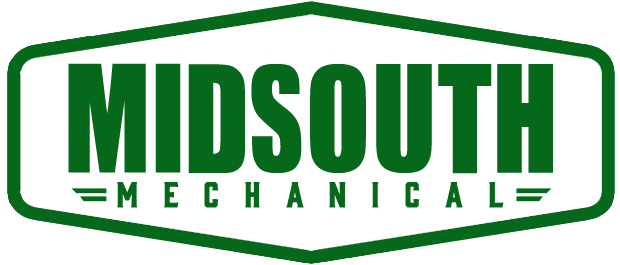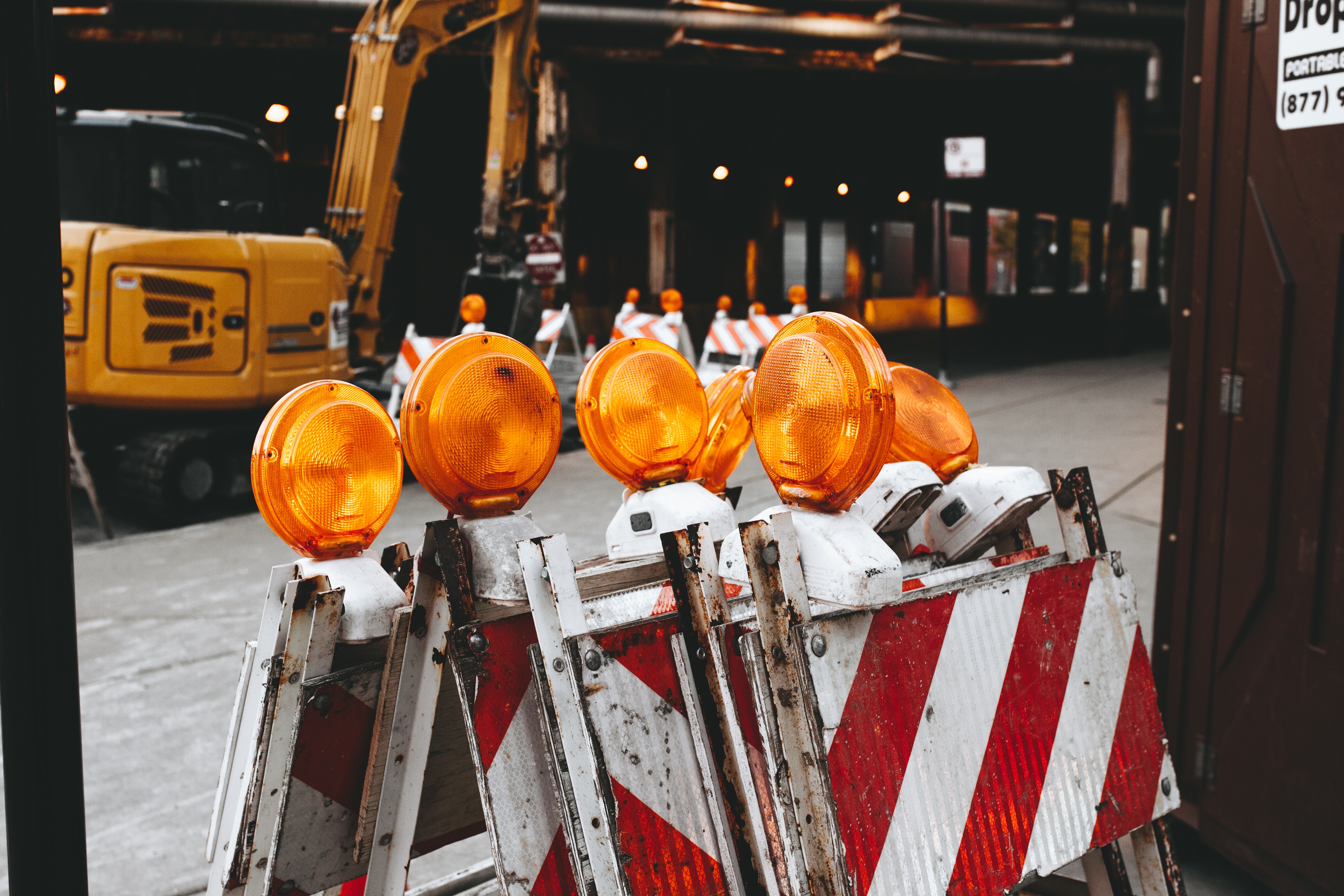Job Hazard Analysis (JHA) is a way to help workers focus on accident prevention by writing down the steps, possible hazards, and controls for any specific job. A JHA can help workers and their supervisors find hazards before the turn into accidents.
When incidents occur, one of the first questions that will be asked, or should be asked, by the manager, the incident investigator, the OSHA representative (or whoever is asking questions…) is Can I see the JHA? By using this as a starting point for any incident investigation, it can be known if the workers were aware of the specific hazard, had planned how to prevent incidents from occurring on the job site, or if the crew even knew what a job hazard analysis is and why it’s important.
OSHA Standard Section 5(a)(1) Each employer shall furnish to each of his employees’ employment and a place of employment which are free from recognized hazards that are causing or likely to cause death or serious physical harm to his employees.
Job Hazard Analysis is sometimes called by different names, like Job Safety Analysis (JSA) or Pre-Task Hazard Analysis, and many companies have their own forms and processes – the basic idea is to find hazards and prevent injuries.
Workers and supervisors are the best sources for identifying hazards in the work they perform.
For each step in the task, the hazards should be identified, written down or checked off. Every hazard discovered must have a safety control or accident prevention method written down.
JHAs are often done at the start of a new job and may be required daily. A few minutes used to write a good JHA can save hours or days lost to an injury.
A specific work task can be separated into a series of simple steps. For each step, hazards should be identified.
A job hazard analysis is an exercise in detective work. The goal is to discover what can go wrong, how can injuries happen, and how likely is it that the hazard will cause an accident?
Get a free quote today!


